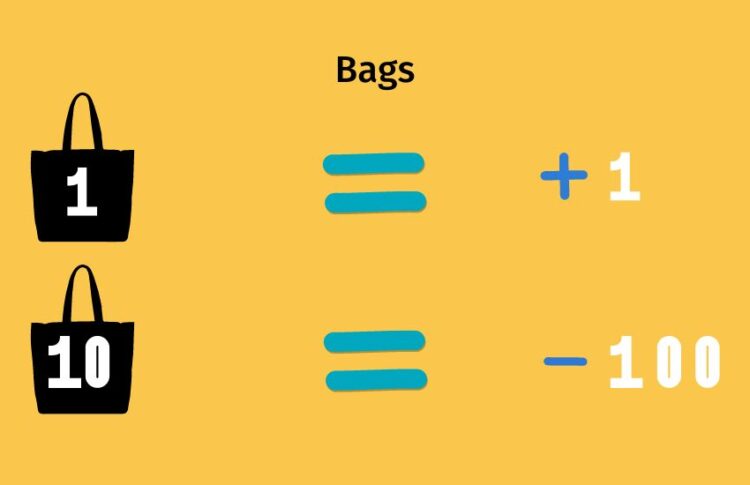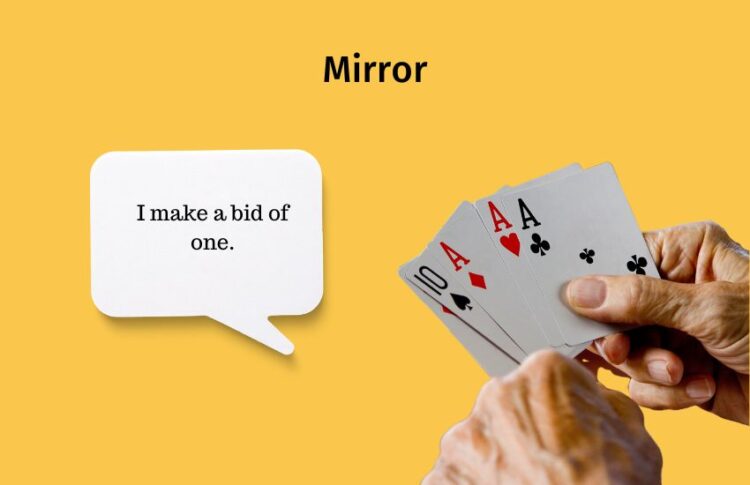
OBJECTIVE: The object of Spades is to win the number of tricks that you bid.
NUMBER OF PLAYERS: 2 to 7 players
MATERIALS FOR SPADES: Standard 52-card deck (2 decks for more than 5 players)
TYPE OF GAME: Card game
AUDIENCE: All ages
OVERVIEW OF SPADES
Did you know spades is believed to have been created in the Mid-West? Spades was first introduced in America in the 1930s and has maintained its popularity throughout the decades. Spades remained popular only in America for many decades until the 1990s, when the game began to gain international fame and appreciation via the help of online spades play and tournaments. Four players traditionally play this game, but there are other versions for three, two, and six players. In this article, we will go over the Spades rules for setup and gameplay and some game variations.
If you enjoy trick-taking games, Bridge is another fantastic game.
SETUP OF SPADES
Spades is a team game where you can play solo or in teams of two or more. Partnered players will sit across from one another during play. You will require a standard pack of 52 cards. After the first player takes their turn, the play will rotate clockwise for each turn froward.
DEALING
You should decide randomly who the first dealer will be. From the second round and on, take turns counterclockwise around the table. The dealer will deal all cards starting to their left. Each player should be dealt 13 cards.
HOW TO PLAY SPADES
You should discuss as a group what your target score for the end of the game should be. For example, a score of 500 points is typical for a game, but you can set whatever goal you like.
HOW TO BID
You must make a bid as soon as your receive your hand. The objective of the game is to gauge how many hands you think you can win. When you win a hand, it is called taking a trick. Partners must decide how many tricks they can take together, and that is their bid. They may not show each other their hands only state their confidence level. Each player will make a bid of a number between 0 and 13. Teammates then add their bids together, up to 13, for their target bid this round.
Partners must then match or exceed their bid to obtain a positive score. There is only one round of bidding, and you must bid. In leisure play, partners can discuss how many tricks they think they can take before settling on their official bid; however, they cannot show each other their hands. There are only 13 total tricks that you can win within one game. If playing with two players, each player must make their individual bids.
NIL
When you bid nil, you say you will not win any tricks. There is a bonus for this kind of play if successful and a penalty if unsuccessful. The partner of the player that bids nil is not required to bid nil.
BLIND NIL
You can decide to bid nil before ever looking at your cards. This action is called a blind nil and, if successfully played, comes with significant bonus points. After everyone has bid, you can exchange two cards face down with your partner before gameplay begins. A commonly accepted rule of thumb is that you cannot bid a blind nil unless your team is losing by 100 points or more.
GAMEPLAY
The player to the left of the dealer goes first. Other players must follow the suit of the first card played if they can. If you cannot follow suit, you can play a trump card (aka a Spade) or any other card you choose. Once you introduce spades to the board as a trump card, you may play spades anytime. The player that plays the highest card of the suit wins the trick unless another player trumps the suit with a spade or Joker (discussed below). When you win the trick, you throw out the first card of the next round. The objective is to win as many tricks as you bid. You continue to play until you play all the cards.
SANDBAGGING
Sandbagging is a term that refers to the penalty given for winning too many tricks over your bid. Each trick over your bid is called a bag. When you reach 10 bags or more, this becomes a sandbag and is worth -100 points.
SCORING
You earn 10 points for every trick bid and 1 point for every trick over that bid, called a bag. For example, if a team bids seven tricks and wins 8, they will get 71 points.
When you win more tricks than you bid, as in the example above, the extra trick won is called an overtrick or a bag. The standard spades rules state that you must deduct 100 points from your score if you reach ten bags, also known as sandbagging. This rule makes the game more interesting by motivating you to win the exact number of tricks that you have bid.

If you cannot meet your bid at the end of a round, you receive 0 points. For example, if you bid five tricks but only get four, you get no points and receive -10 points for every trick they bid.
If you are successful in your bid of nil, your team will receive 100 points. If the nil bid fails, the trick won by the nil bidder counts as a bag for the team and does not count towards the partners’ bid.
A blind nil receives 200 points if successful and a deduction of 200 points if unsuccessful.
END OF GAME
The team that reaches the predetermined score first wins the game of spades!
If you love spades, be sure to try out Hearts and the 500 card game!
VARIATIONS
SPADES FOR TWO PLAYERS
You will notice a few differences between the standard spades rules and the rules of two-player spades.
SETUP
The first significant change is there is no dealing in 2-player spades. Instead, you will take turns with your opponent, building your hands before the bid. The “dealer” will only shuffle the cards and place them in a central draw pile. The non-dealer player gets the first draw from the deck. You will alternate who deals each round.
BIDDING
Once both players have 13 cards in hand, then the players will bid. The bidding follows the standard rules, including having nil and blind nil bids. There is also a bid called Shoot for the Moon,. which a player will attempt to win all 13 tricks.
GAMEPLAY AND SCORING
The gameplay and scoring are very similar to the standard spades rules. A successful Shoot the Moon gives a player 250 points, but if they fail, each trick won is counted as a bag.
RULE VARIATIONS
JOKERS
You can add Jokers as trumps to the standard spades rules. You will remove the two diamonds and the two clubs if you add them. The black and white Joker is typically ranked lower than its colored counterpart.
MIRROR
With this rule variation, you must bid based on the number of spade cards in your hand. For example, if a player has four spades in their hand, they must make a bid of four tricks.

FACEUP
The dealer will deal each player the first four cards of their hands faceup. You and the other players must try to remember the other players’ hands. This rule variation adds a new level of strategy to the game.
BOSTON
This rule is a variation affecting the bidding rules. You may bid to win all 13 tricks by calling Boston. If you are successful, then you score 200 points or, in some games, win the whole game. You will deduct 200 points from your score if you lose, though.
FAQ
Which Joker Is Bigger in Spades?
The Joker, with multiple colors, is recognized as the higher-ranked trump.
How Many Cards Do You Start within Spades
The dealer deals each player 13 cards for their hands at the start of the game.
- 12 BEST HARRY POTTER BOARD GAMES - November 16, 2023
- 50 BEST HALLOWEEN GAMES - October 4, 2023
- 50 BEST CHRISTMAS GAMES - September 13, 2023